Émile JAQUES-DALCROZE: Piano Music, Volume Three
The Swiss composer Émile Jaques-Dalcroze (1865–1950) is best remembered for his development of Eurhythmics, which teaches the appreciation of music through movement. The buoyant miniatures recorded here document his fascination with dance, including a flirtation with jazz and ragtime, although the apparent innocence of the music conceals a striking degree of metrical and rhythmic complexity, cast in a style not so far from Debussy and Fauré – and animated by the blithe spirit of Chabrier.
Notes en Français
Xavier Parés, piano (Tracks 1 – 6, 10 – 12), piano duet (Track 22)
Patricia Siffert, piano (Tracks 7 – 9, 13 – 21), piano duet (Track 22)
Listen To This Recording:
-
Musiques pour faire danser, Book 1 (publ. 1924)
- I Le mielleux tzigane
- II O sweet Arabella
- III Entrée des trois chers vieux gentlemen
- No. 1 Le petit blond
- No. 2 Otto Vautier
- No. 3 Au thé-bazar!
- I La cuisinière bourgeoise
- II Loulou débute
- III Tchéco-slovaque?
- No. 1 Lingénue
- No. 2 Loncle Tom (rag-time)
- No. 3 Le fox-trot angoissé
- No. 1 Mouvement de valse lente
- No. 2 Giocoso
- No. 3 Gracioso
- No. 4 Assez lent
- No. 5 Tranquillement
- No. 6 Lourd et très rythmé
- No. 1 Allegretto
- No. 2 Gaiement
- No. 3 Giocoso
- Danse romande pour piano à quatre mains, Op. 68 (c. 1899)
Trois esquisses genevoises sous forme de danses (c. 1915–20)
Musiques pour faire danser, Book 2 (publ. 1924)
Trois entrées dansantes (publ. 1924)
Six danses bigarrées (1937)
Trois rondeaux joyeux pour la danse (publ. 1933)
FIRST RECORDINGS
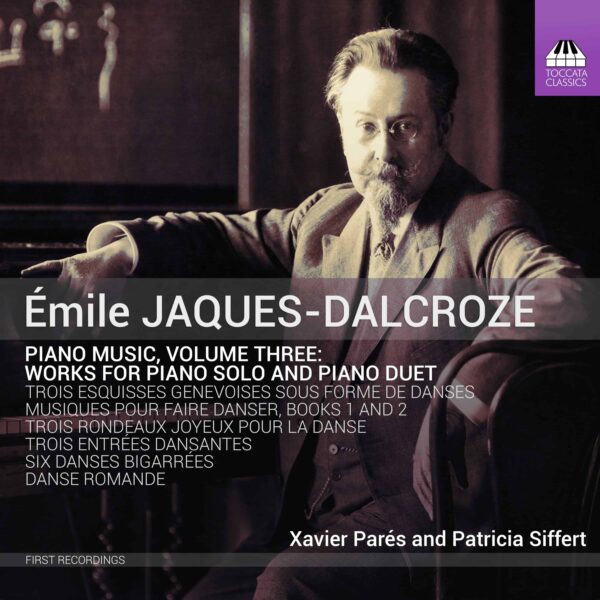
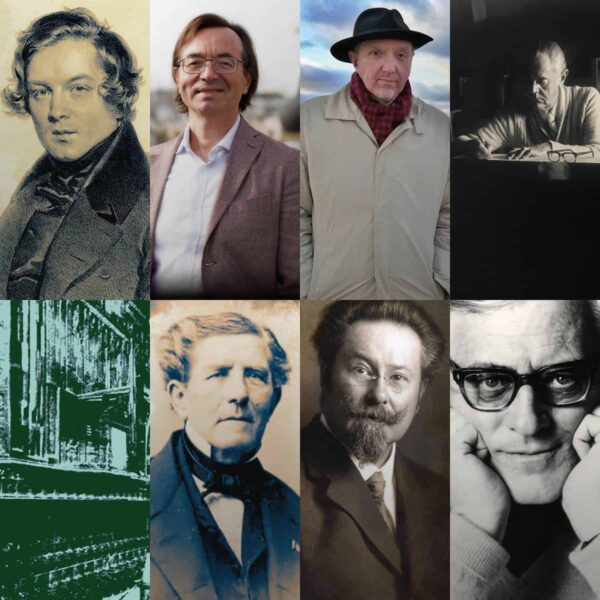
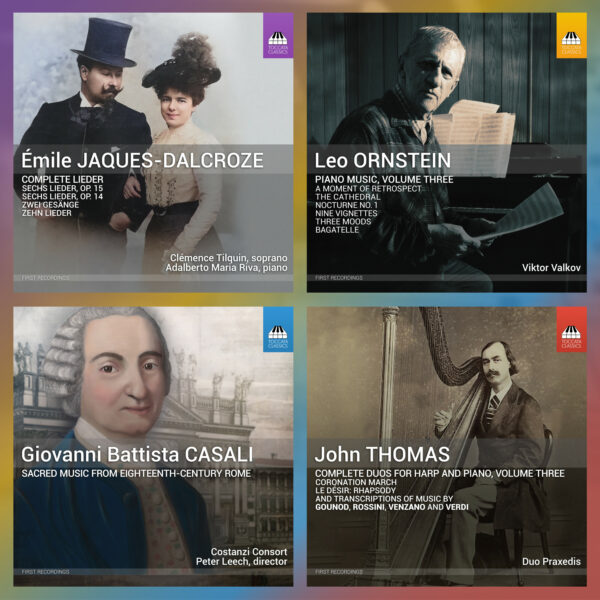
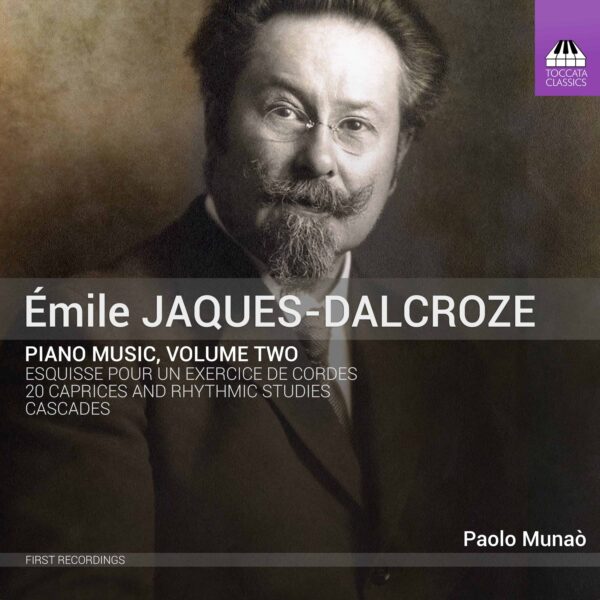
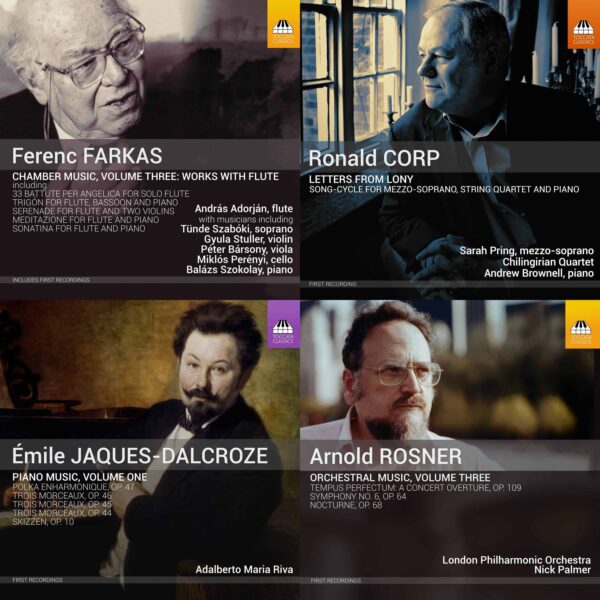
Swiss Music Review :
‘‘The committed, convincing performance of the four excellent pianists (Paolo Munaò, Xavier Parés, Adalberto Maria Riva and Patricia Siffert) involved in this project does full justice to these pieces, from which they extract all their dynamic sap and mischievous vivacity. The quality of the booklet notes, written by Jacques Tchamkerten, a specialist in the great rhythmician, is also worthy of note.’
—Laurent Mettraux, Swiss Music Review